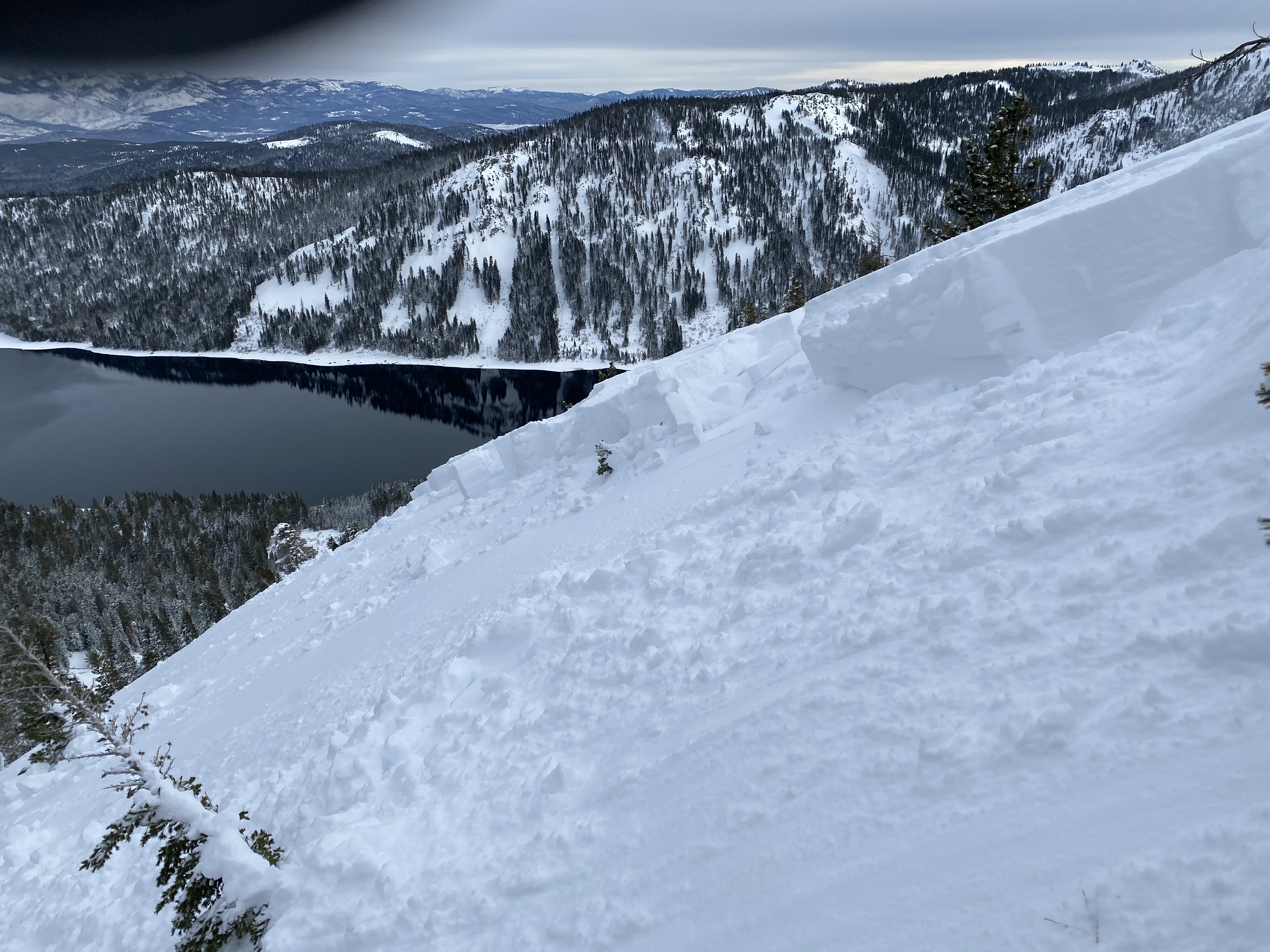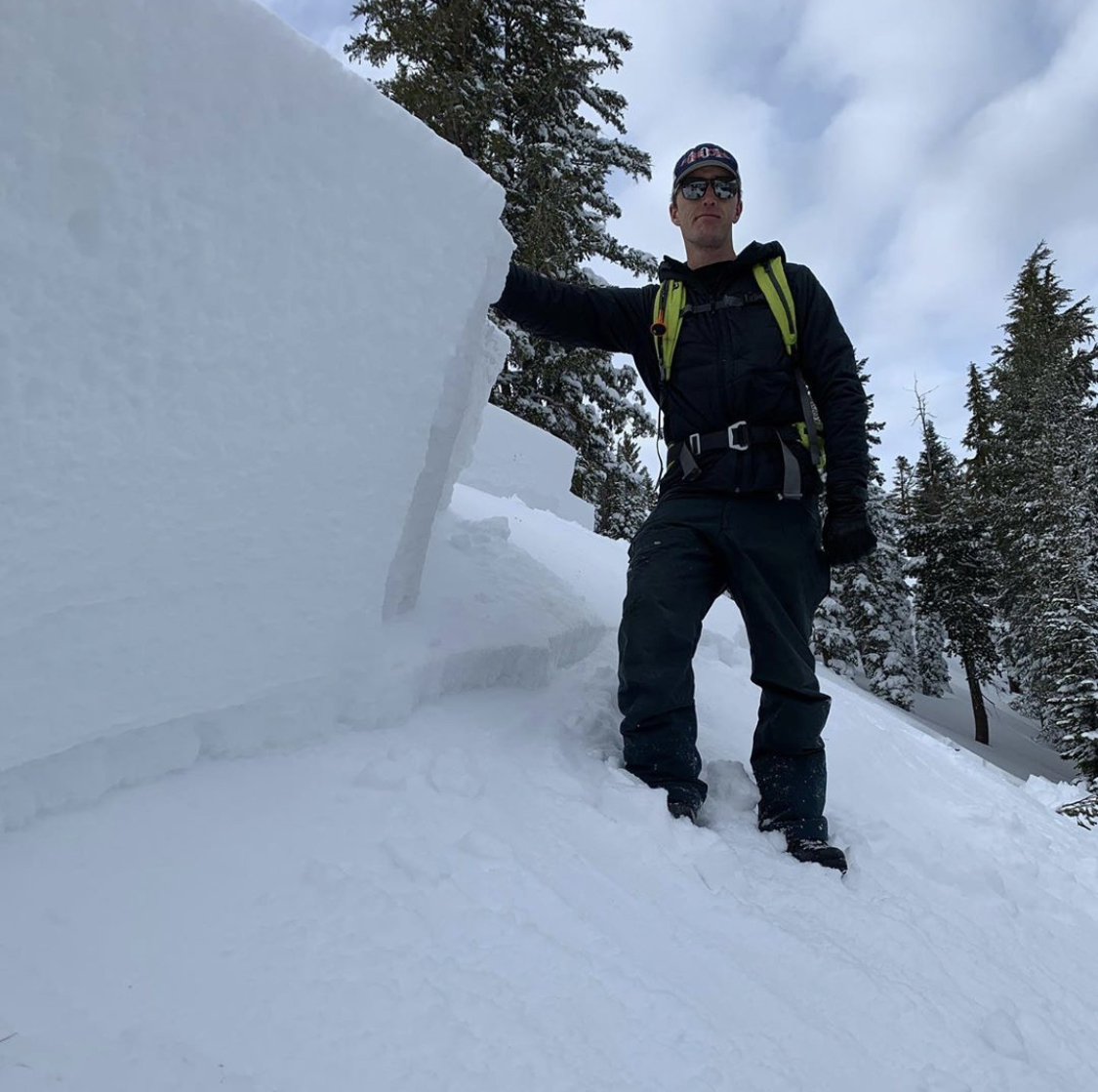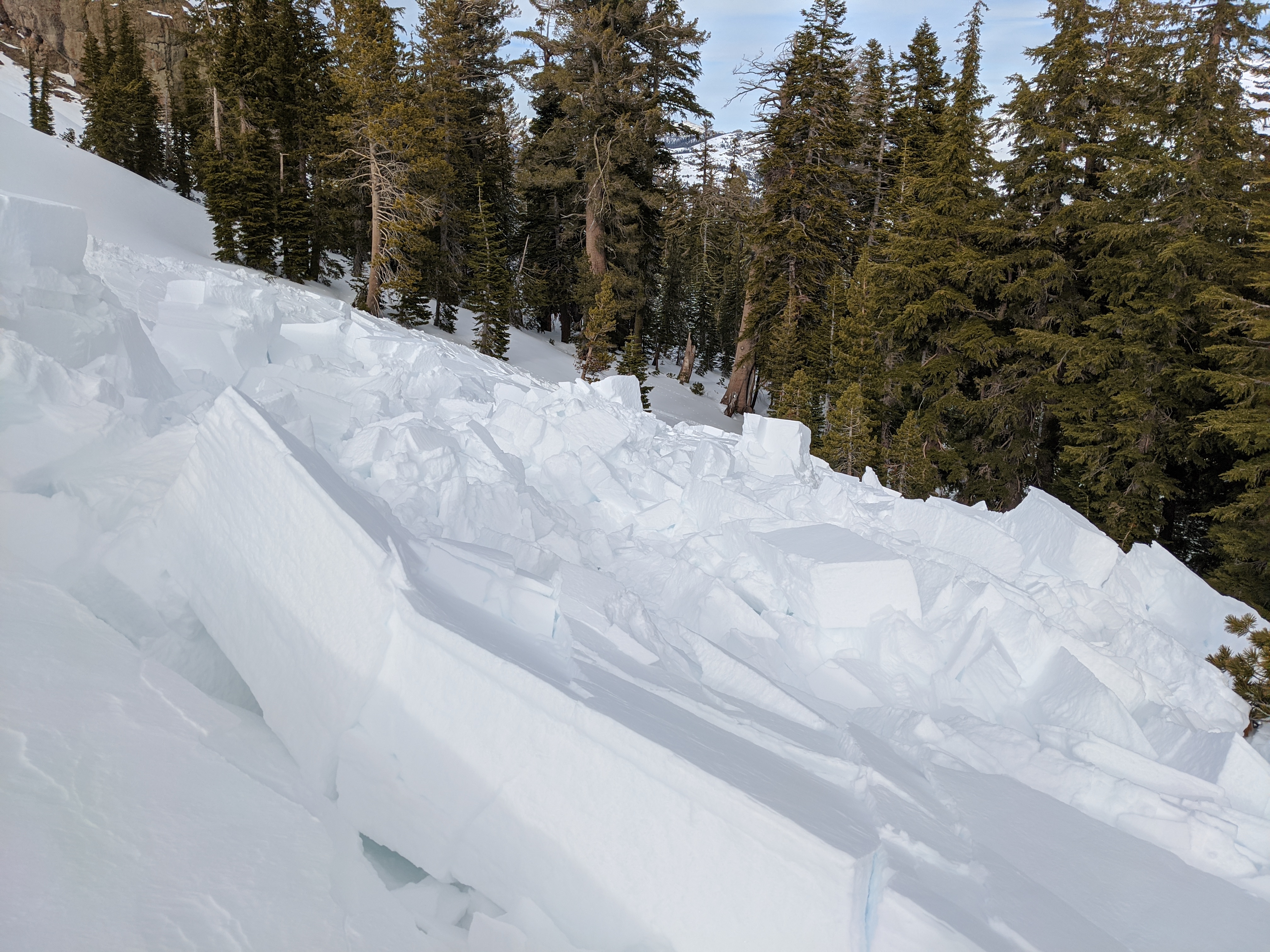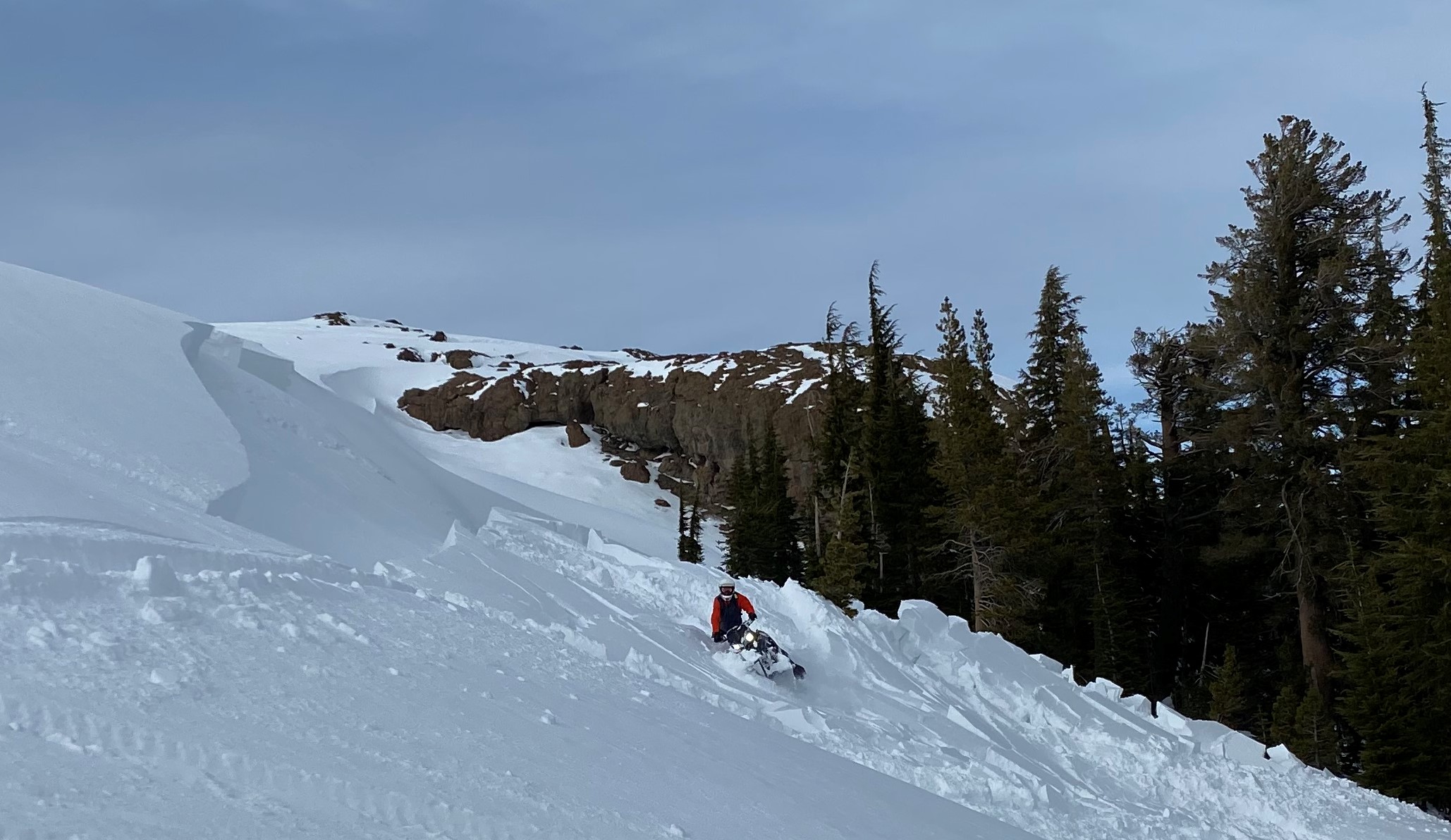| Sunday | Sunday Night | Monday | |
|---|---|---|---|
| Weather: | Mostly cloudy. | Cloudy | Cloudy |
| Temperatures: | 41 to 47 deg. F. | 27 to 32 deg. F. | 37 to 42 deg. F. |
| Mid Slope Winds: | Light winds | Light winds | Light winds |
| Expected snowfall: | None | None | None |
| Sunday | Sunday Night | Monday | |
|---|---|---|---|
| Weather: | Mostly cloudy | Cloudy | Cloudy |
| Temperatures: | 41 to 47 deg. F. | 24 to 29 deg. F. | 32 to 38 deg. F. |
| Ridge Top Winds: | Light winds becoming SE around 15 mph with gusts to 30 mph in the afternoon. | South 15 to 25 mph with gusts to 50 mph. | South 15 to 30 mph with gusts to 45 mph. |
| Expected snowfall: | None | None | None |






























